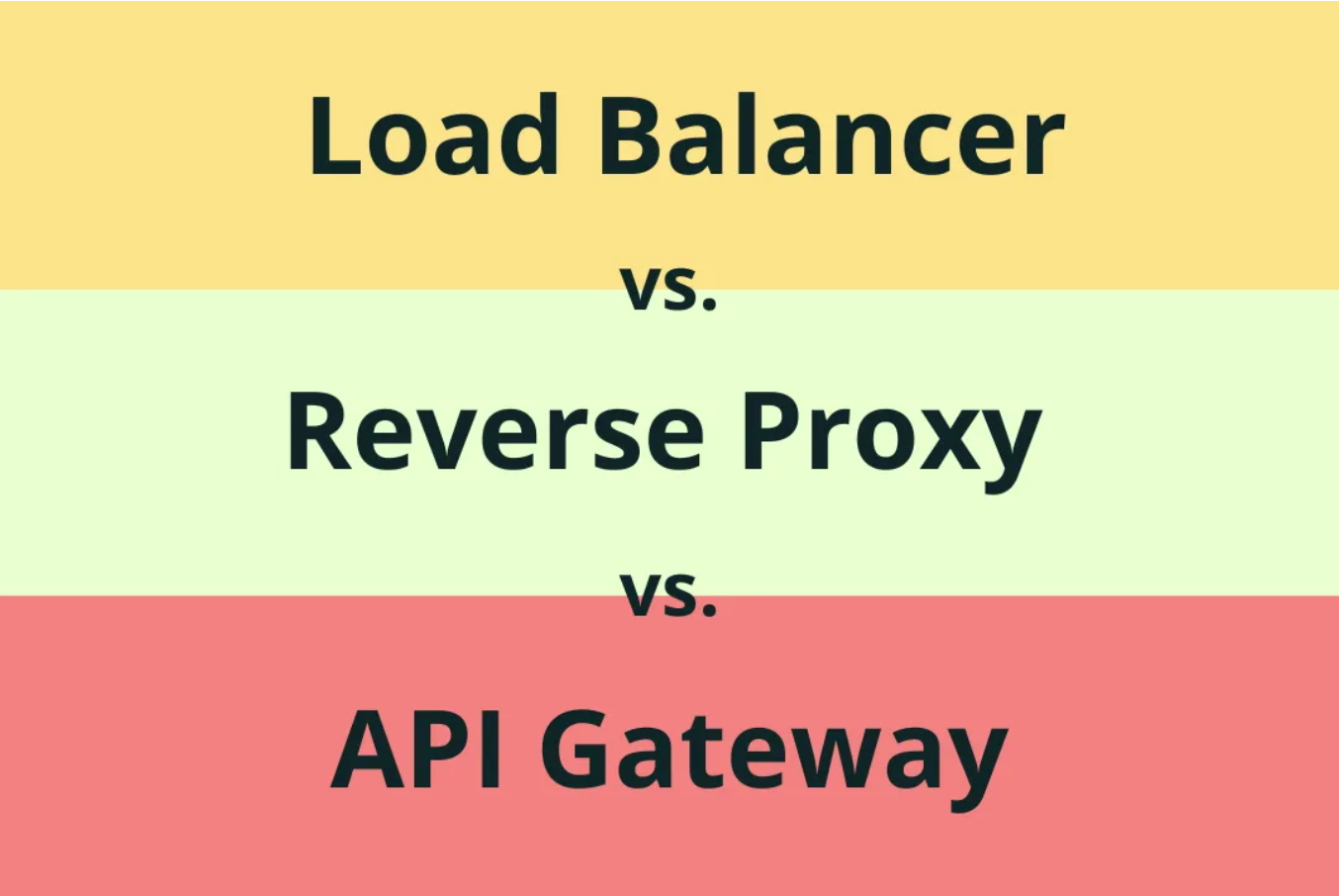In today's fast-paced digital landscape, applications are becoming increasingly complex, distributed, and critical to businesses. Ensuring high availability, security, and performance for these applications is a top priority. Three commonly used tools in this quest are Load Balancers, Reverse Proxies, and API Gateways. Each serves a unique purpose and plays a crucial role in delivering a seamless user experience. In this blog, we will dive deep into these tools, exploring their differences, use cases, and how they can benefit your application infrastructure.
The Basics
Before we get into the nitty-gritty details, let's establish a foundational understanding of each tool:
1. Load Balancer
A Load Balancer is a network device or software component that distributes incoming network traffic across multiple servers. Its primary goal is to ensure that no single server is overwhelmed with traffic, thus improving the application's reliability and availability. Load balancers can operate at various layers of the OSI model, including Layer 4 (Transport) and Layer 7 (Application).
2. Reverse Proxy
A Reverse Proxy is a server that sits between client devices and a web server, forwarding client requests to the appropriate server. It acts as an intermediary, offering benefits like load balancing, SSL termination, caching, and security. Reverse proxies often handle tasks such as request routing, authentication, and content compression.
3. API Gateway
An API Gateway is a server that acts as an API front-end, receiving API requests, enforcing throttling and security policies, passing requests to the back-end service, and passing the response back to the requester. API Gateways are commonly used to simplify complex architectures, manage APIs, and provide analytics and monitoring.
Load Balancer
Use Cases:
- High Availability: Load balancers distribute traffic across multiple servers, reducing the risk of server failure leading to downtime.
- Scalability: As your application grows, load balancers make it easy to add more servers to handle increased traffic.
- Performance: Load balancers optimize traffic routing, directing requests to the server with the least load, thus improving response times.
Benefits:
- Fault Tolerance: Load balancers can detect unhealthy servers and route traffic away from them.
- Session Persistence: They can ensure that user sessions remain tied to the same server.
- Global Load Balancing: Some load balancers offer multi-region load distribution for global applications.
Reverse Proxy
Use Cases:
- Security: Reverse proxies can hide the internal structure of your network, protecting your servers from direct exposure to the internet.
- SSL Termination: They can handle SSL/TLS encryption, offloading the processing from the application servers.
- Caching: Reverse proxies can cache frequently accessed content, reducing the load on the application servers.
Benefits:
- Security: Protects against DDoS attacks and other security threats.
- Content Compression: Compresses data before sending it to clients, improving load times.
- Single Entry Point: Acts as a single entry point for clients, simplifying request handling.
API Gateway
Use Cases:
- API Management: Provides a centralized point to manage, version, and document APIs.
- Security: Enforces security policies such as authentication, authorization, and rate limiting.
- Analytics and Monitoring: Offers insights into API usage, helping you make data-driven decisions.
Benefits:
- Simplified Architecture: API gateways can consolidate multiple microservices into a single API.
- Versioning: Allows for multiple versions of an API to coexist.
- Developer-Friendly: Provides developers with documentation and tools to interact with the API.
Making the Right Choice
The choice between Load Balancer, Reverse Proxy, and API Gateway depends on your application's specific requirements. In many cases, these tools can complement each other. For instance, you can use a Load Balancer in conjunction with a Reverse Proxy or API Gateway to create a robust and secure architecture.
Consider the following questions when making your decision:
- What are your primary goals: high availability, security, performance, or API management?
- How complex is your application architecture?
- Do you need SSL termination or caching?
- Are you dealing with APIs, web applications, or both?
In conclusion, Load Balancers, Reverse Proxies, and API Gateways are essential components of modern application infrastructures. Understanding their roles, strengths, and weaknesses will help you make informed decisions about which tool or combination of tools is right for your application. By choosing wisely, you can ensure that your applications deliver the best possible experience to your users while maintaining security and scalability.
